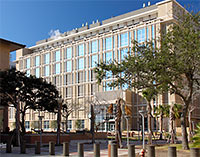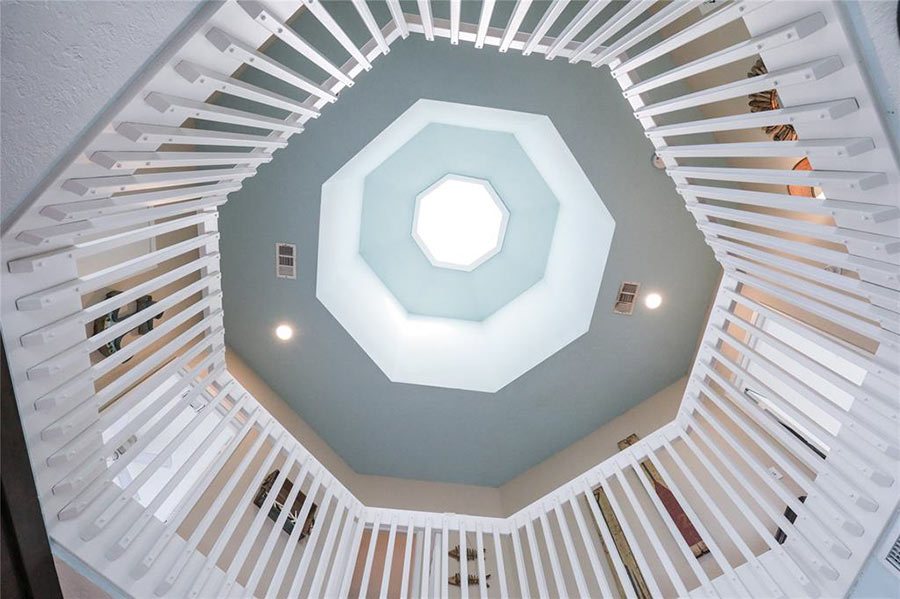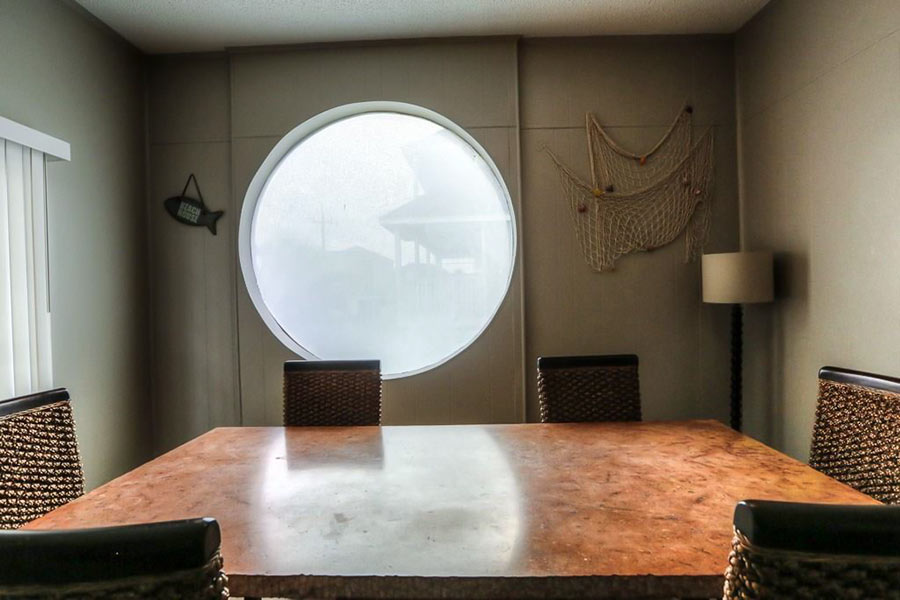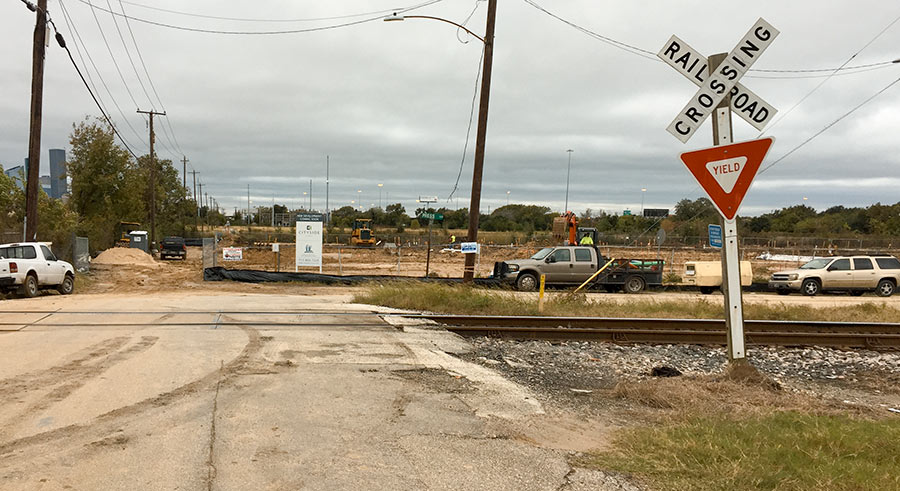BIOSAFETY LEVEL 4, GALVESTON  How’s tricks inside the air-tight $174 million Galveston National Laboratory on the UTMB campus, where space-suited investigators get to hang out with anthrax, avian influenza, bubonic plague, Ebola, typhus, West Nile, SARS, drug-resistant tuberculosis, Rift Valley fever and other bad boys? “There’s negative pressure and high air flow. It’s all built to keep stuff inside of the envelope. Animals are housed in containment devices and any individual that comes in must be decontaminated,†director of “high containment facilities” Thomas G. Ksiazek explains to reporter Amanda Casanova: “Construction on the 186,267-square-foot building started in 2005 and scientists moved in earlier this year. In the last few months, there has been only one report of possible exposure to a level 4 agent. In August, an employee stuck herself with a needle of a Central European Tick[-borne] virus while dosing mice, according to a medical branch incident report. The incident was reported to the Centers for Disease Control, and the employee was treated and monitored for three weeks but did not get sick.” [Galveston County Daily News] Photo: Nick Saum [license]
How’s tricks inside the air-tight $174 million Galveston National Laboratory on the UTMB campus, where space-suited investigators get to hang out with anthrax, avian influenza, bubonic plague, Ebola, typhus, West Nile, SARS, drug-resistant tuberculosis, Rift Valley fever and other bad boys? “There’s negative pressure and high air flow. It’s all built to keep stuff inside of the envelope. Animals are housed in containment devices and any individual that comes in must be decontaminated,†director of “high containment facilities” Thomas G. Ksiazek explains to reporter Amanda Casanova: “Construction on the 186,267-square-foot building started in 2005 and scientists moved in earlier this year. In the last few months, there has been only one report of possible exposure to a level 4 agent. In August, an employee stuck herself with a needle of a Central European Tick[-borne] virus while dosing mice, according to a medical branch incident report. The incident was reported to the Centers for Disease Control, and the employee was treated and monitored for three weeks but did not get sick.” [Galveston County Daily News] Photo: Nick Saum [license]





In 5 years, it will be torn down and replaced by a Bank.
Aren’t these the kind of places where some of the weapons of mass destruction come from?
Galveston seems like a ass-backward location for one of these facilities.
markd, would it be better to put this laboratory in Times Square? Or on South Beach?
That has to be one scary place to work or even live by !! WOW !
eiioi, I think they should put this laboratory out of commission.
Or, South Beach would be OK.
They shouldn’t study infectious diseases? Or you don’t like them experimenting on animals?
Well, I personally applaud the US Gov for using their brain for once and putting that facility in the safest place possible. That island is only occasionally leveled by hurricanes, and hasn’t been hit by “the worst storm in US history†for over 100 years. I mean, they could have built it on top of the San Andreas Fault, in Yellowstone National Park or Mount Kilauea. Give credit where credit is due.
They generally like to build this sort of facility where they can find researchers, or where researchers are likely to live. That sort of limits the possible locations.
Study infectious diseases? Study is OK, my problem is with them concocting infectious diseases and then making weapons out of them.
Animal testing is lame… humans would work better, and our gubment already has a good history of using humans as lab rats.
Sure, Sandia National Lab is very convenient to Taos, a hotbed of nuclear physics. And we all know the famous Tennessee nuclear schools that justify Oak Ridge. Plum Island was so inconvenient since it was only hours away from New York, and there’s no talent there.
Let’s see, where else has such talent: Manhattan, Kansas (the other new DoD facility to replace Plum Island). At least that one makes sense safety wise – except for earthquakes and tornadoes.
You should know that they need to pick a place that can easily be bombed back to the stone age when there’s a containment breach. It also has to have a bridge that can crumble from the explosions just after the model-like lead scientist, suffering from a gunshot wound, leads the frightened but crafty high school kids, visiting the lab that day on a field trip, out of harm’s way. Galveston, it just makes sense. :)
Good for Galveston and UTMB. This will certainly be a boast for Galveston.
From Dom:
“Good for Galveston and UTMB. This will certainly be a boast for Galveston.”
———————————-
Sure, I can see the boasting now…
“Galveston: The first and last stop in hemorrhagic hospitality.”
“Galveston: 32 miles of sun-drenched beaches and more deadly viruses per capita than any other vacation destination.”
Book your travel plans now with the CDC’s handy new iPhone app and you’ll qualify for our holiday Swine Flu special.